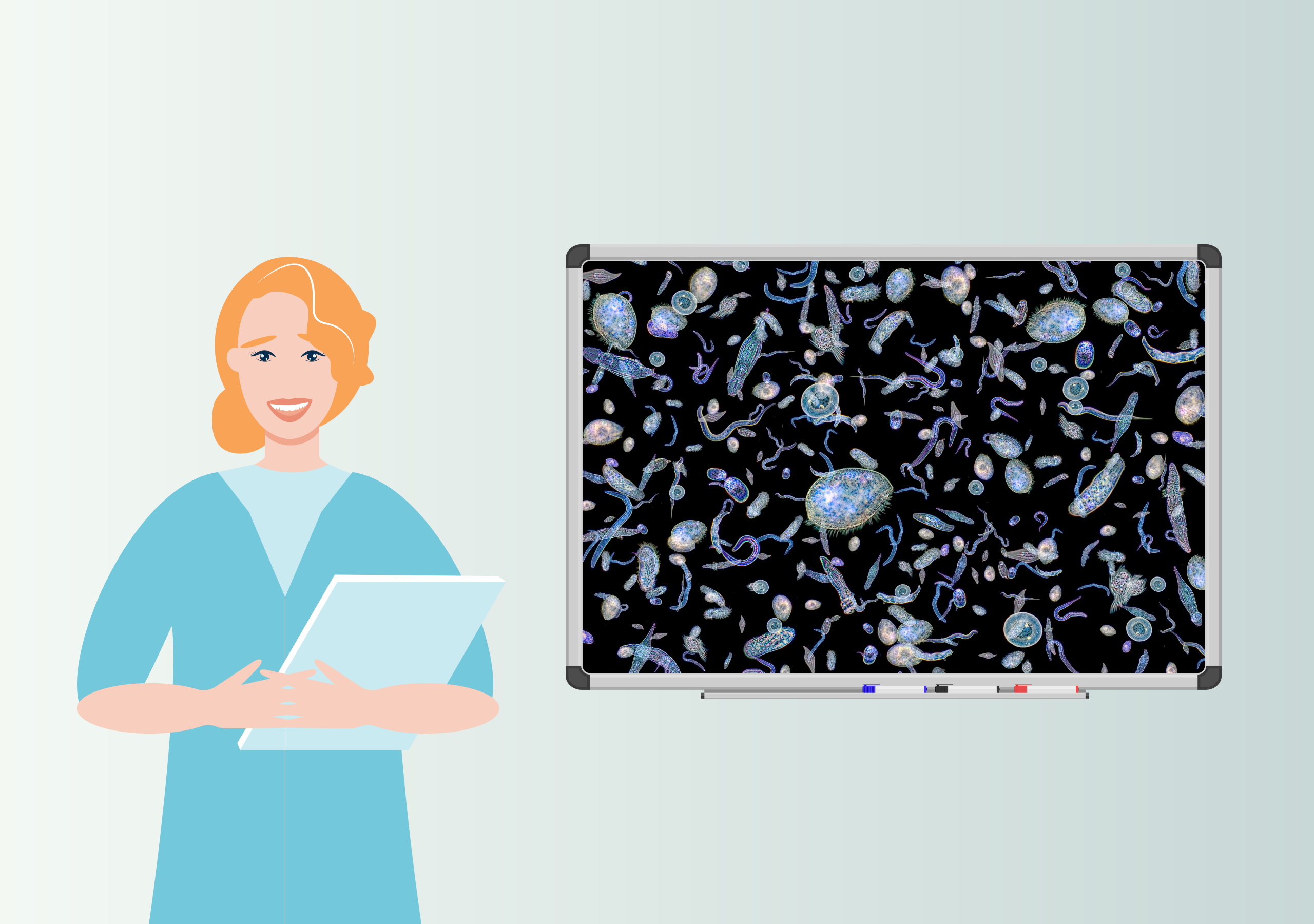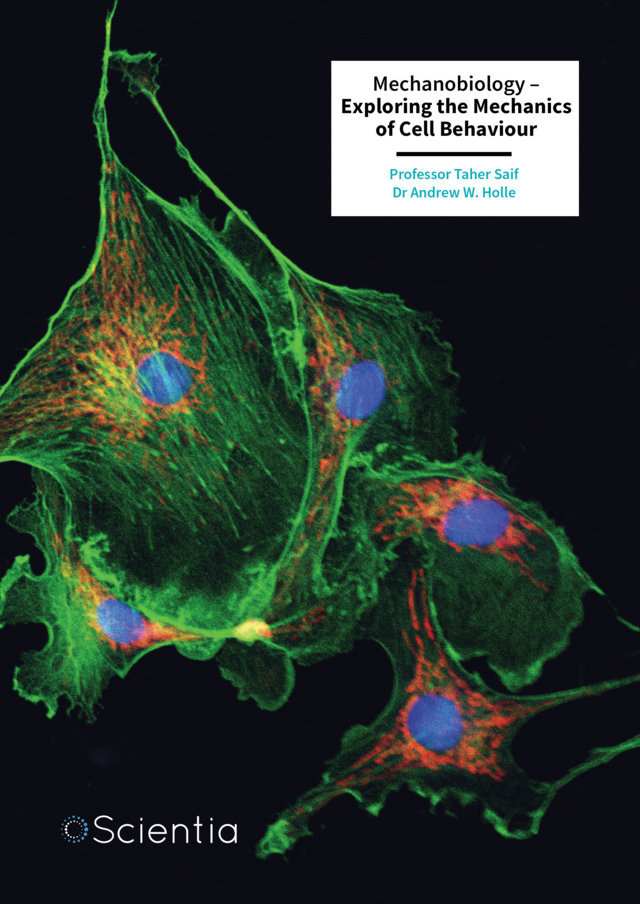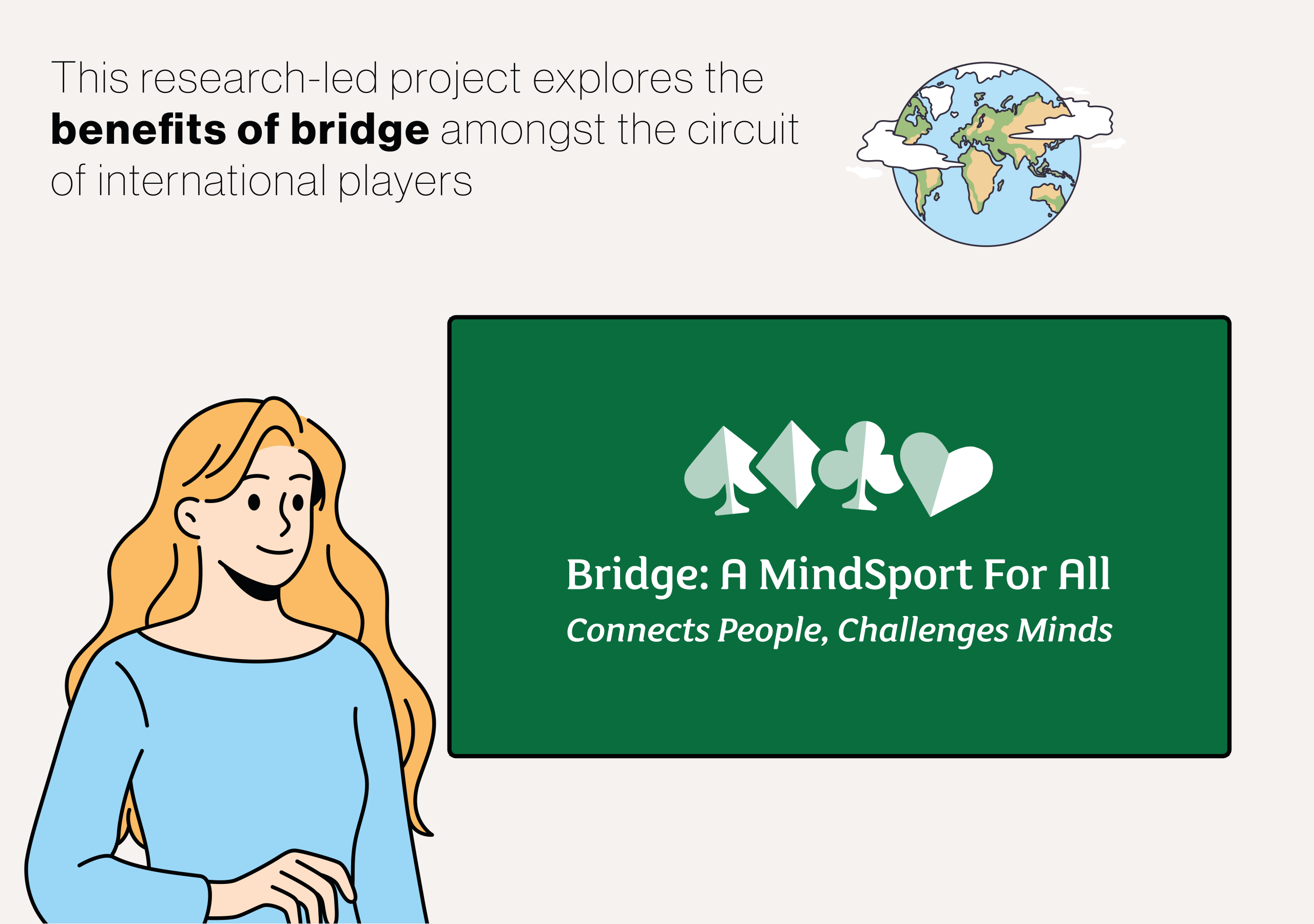While checklists are often a vital tool for medical procedures, there has so far been little guidance on how they should be designed and applied in real medical scenarios. Now, a team including Dr. Alex Chaparro, a researcher at Embry-Riddle Aeronautical University, has developed an algorithm which can help medical experts to decide when a checklist is the best-suited tool for the task at hand; and if so, which type of checklist should be applied, based on the user’s technical experience. The approach could ultimately help complex, potentially urgent medical procedures to become safer and more efficient. More
When presented with daunting tasks, one of our first instincts is to make a checklist – which breaks the task down into a set of smaller, more manageable tasks, and if necessary, presents them in the order they should be completed to finish the overall task as quickly and efficiently as possible. Today, checklists have become a valuable safety tool across a wide range of high-risk industries: from aviation to nuclear power.
Yet despite their widespread use, there is often a lack of understanding of how checklists should be designed, and when exactly they should be used in order to streamline complex operations while ensuring safety. This is especially true in medical settings, where checklists are used in situations ranging from the delivery of anaesthetics, to the transfer of patients between healthcare providers.
To date, a widespread lack of understanding of how these checklists should be designed and implemented has made them difficult to integrate into medical workflows. In addition, the lack of appropriate levels of detail can make checklists confusing and difficult for healthcare workers to interpret. Without an overhaul of how these tools are used, the sub-optimal use of checklists will often remain a hindrance in medical settings – ultimately, putting lives at risk.
Through their research, Chaparro and team have designed a new algorithm based on established theory on the appropriate uses of checklists, combined with feedback from medical experts. Their algorithm provides valuable guidance for medical experts on whether a checklist would be best suited for overcoming the tasks they face, and on which type of checklist should be used, based on their level of expertise.
The researchers began their analysis by identifying a number of previous studies which have developed ‘taxonomies’ of different types of checklist, and how they should be applied to different types of task.
Among these was a taxonomy developed in 2000 by Michael Scriven at Western Michigan University. Altogether, Scriven described five different types of checklist, and in their own study, Chaparro and his colleagues identified examples of how each type should be applied in a medical context.
Among the types they identified were ‘sequential’ checklists, which offer a series of individual steps which need to be performed in the order presented. As Chaparro and the research team identified, such need for sequential order is directly applicable to surgical safety checklists. Alternatively, an ‘iterative’ checklist is a type of sequential list which is used multiple times to check the changing state of a system. This type is directly relevant to the handover of patients between medical facilities.
In addition to Scriven’s paper, the researchers also studied another taxonomy developed in 2016 by William Higgins and Daniel Boorman at Boeing. Although this duo was focused on the use of checklists in the context of aviation safety, Chaparro and colleagues found that their taxonomy was directly relevant to many of the same medical scenarios which could also be applied to Scriven’s taxonomy.
For example, Higgins and Boorman describe ‘procedural’ checklists: detailing complex, lengthy tasks which are performed at irregular intervals. These can be directly applied to the types of handover procedure which are also relevant to Scriven’s iterant checklists. In addition, Higgins and Boorman’s ‘prevention’ checklists address the known causes of errors which can result in injury or loss of life. These can be applied to surgical safety checklists, also relevant to Scriven’s sequential checklists.
For a checklist to succeed, there are many different factors its creators need to consider: including the types of errors it needs to address, the experience and technical knowledge of its users, and the specific tools and equipment which will be used for the task at hand.
Despite the availability of the literature they analysed, the researchers argue that there is still little guidance available for selecting the most appropriate type of checklist from these taxonomies, or how differences in user experiences should influence checklist designs, especially in medical contexts.
To tackle this challenge, the team drew from a concept named the ‘theory of cognitive control’: which explains how people process information and make errors in different ways, depending on their level of experience, and the type of task they are performing.
Applying this theory to their own medical interpretations of the taxonomies created by Scriven, Higgins, and Boorman, combined with feedback from medical experts, the researchers developed an algorithm which could provide valuable guidance on the design and use of checklists in medical environments.
Their final algorithm consisted of two parts. The first part provided guidance on whether a checklist would be the best-suited tool for overcoming the safety issues faced by the user. The second part provided guidance on which type of checklist should be used, based on the user’s level of expertise.
Altogether, Chaparro and team hope that their algorithm could present a promising step forward in the use of checklists for complex, often urgent medical tasks. By helping users to decide when and how checklists should be applied based on their own technical experience, it could enable medical procedures to become safer and more efficient: ultimately helping clinicians to focus more closely on the overarching goal of helping their patients, and saving lives.







